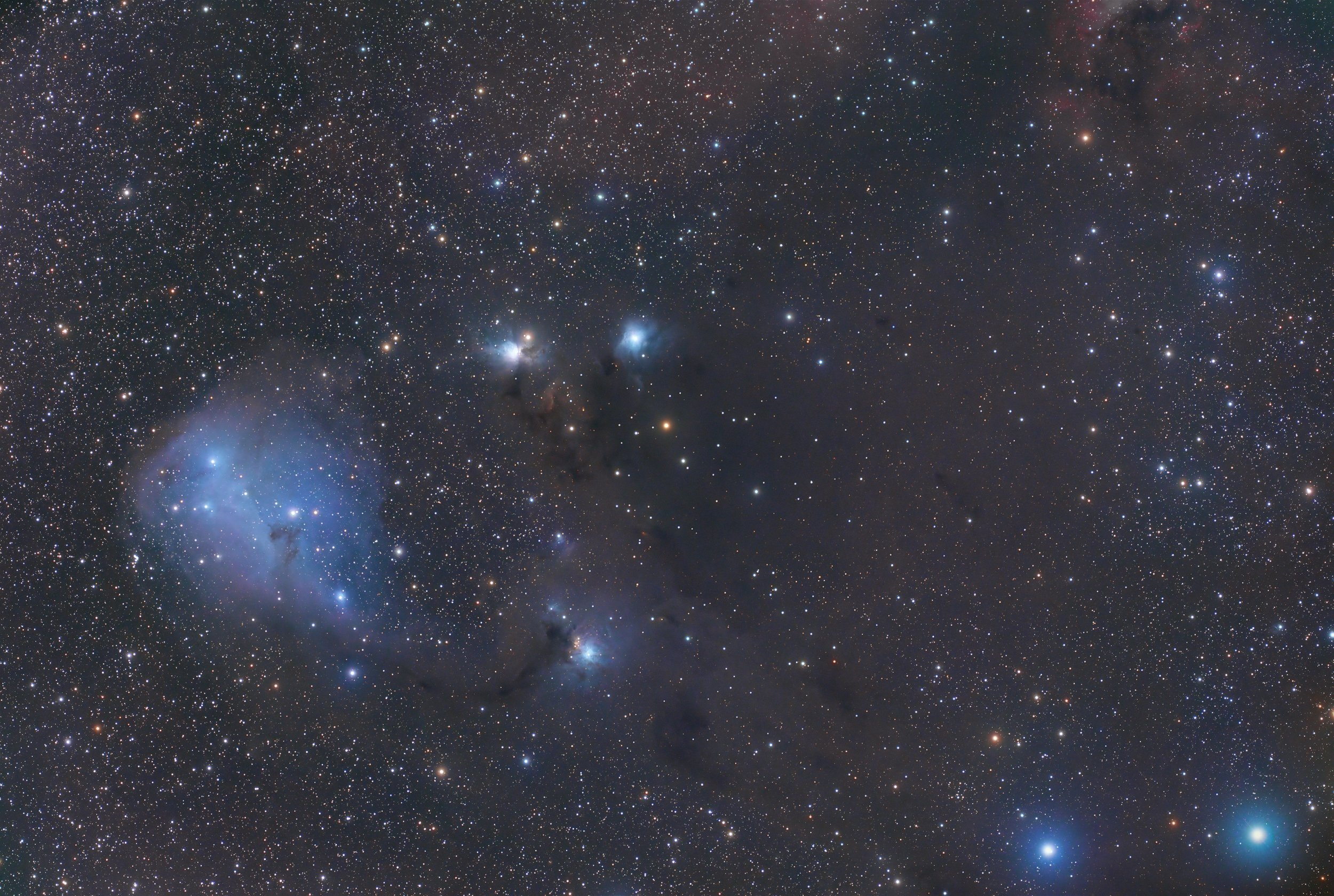
AAPOD2 Image Archives
Omega Centauri: The Largest Globular Cluster in the Milky Way
Omega Centauri (NGC 5139) is the largest and most massive globular cluster in the Milky Way, located approximately 16,000 light-years away in the constellation Centaurus. Spanning about 150 light-years across and containing an estimated 10 million stars, Omega Centauri is an ancient stellar system that is thought to be around 12 billion years old. Its core is densely packed with stars, with some regions having stars only 0.1 light-years apart—making the cluster one of the most gravitationally bound objects in our galaxy.
Unlike typical globular clusters, Omega Centauri exhibits a variety of stellar populations with different metallicities and ages, suggesting that it may be the remnant core of a dwarf galaxy that was stripped of its outer stars by the Milky Way’s gravitational forces. The cluster’s stars include a range of populations from ancient red giants to blue horizontal branch stars, contributing to the diversity of its stellar environment. Omega Centauri’s exceptional size, complexity, and age make it a critical target for understanding the formation and evolution of globular clusters and their role in galactic history.


